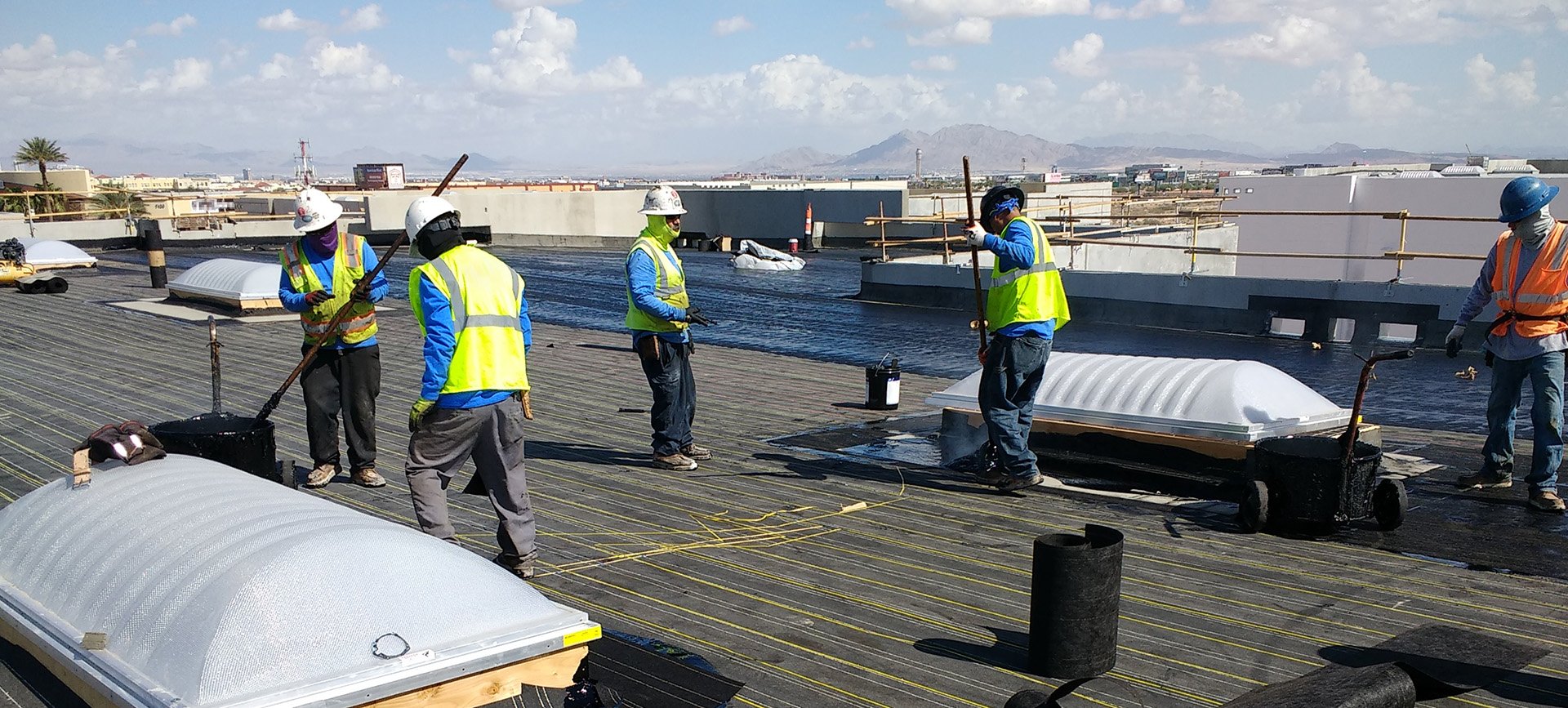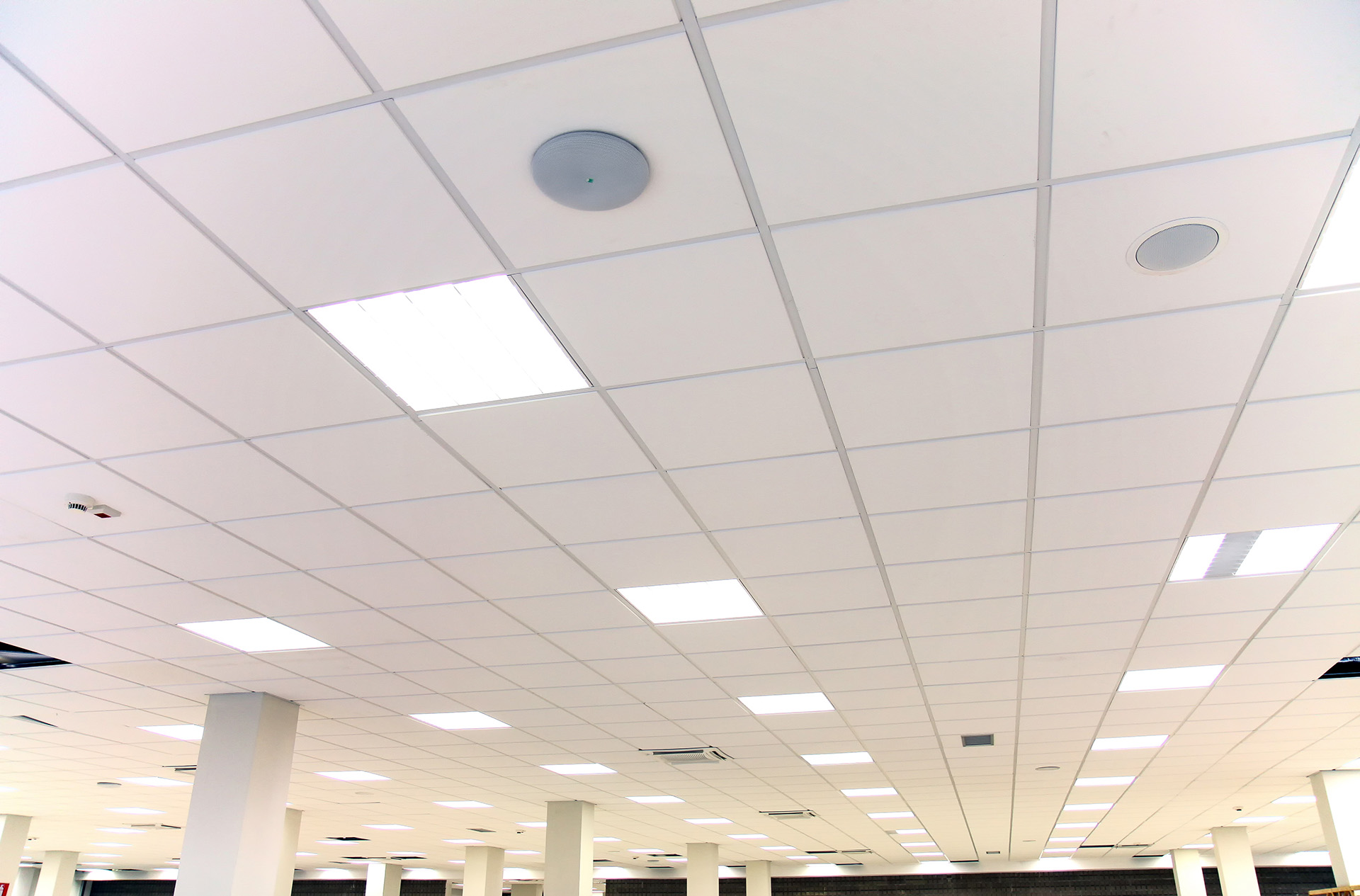LED Lighting | January 21, 2021
Lab Light and Live Experiments [Biotech Lighting Project]
As a project manager for the Efficiency Solutions division at Mantis Innovation, I’m responsible for facilitating the design/build process for the energy solutions we provide, including lab light and LED fixtures for biotech buildings. One of the clients I worked with recently is an international biopharmaceutical company that develops and provides essential health solutions, from medication to treatments for a variety of diseases and infections. To enable the company’s research and development, they operate lab spaces across the United States where they discover and execute core solutions for patient use.
LED lighting = cost reduction
Laboratory spaces are naturally expensive to operate, partly due to the high energy usage from machinery, proper ventilation and high illumination requirements. These environments can benefit significantly from any reduction in energy usage, and for this particular client, the lab light provided a great opportunity to do so.
The installation of LED fixtures with controls throughout the retrofit area allowed our team to lower annual energy usage by over 700,000 kWh while maintaining necessary lighting levels for office spaces and experimentation.
Lab light project results
Properly designed energy solutions will improve facility infrastructure and deliver a strong ROI. This project was no different. This client is gaining:
- $110,000 total annual savings
- $230,000 utility incentive decreased out-of-pocket cost for this client
- 719,000 total annual kWh saved resulted in the annual dollar savings
- 2.6 years is the time for the project payback
By saving over 700,000 kWh annually, this project is the environmental equivalent of:
- 58 household electricity use for one year
- 98 cars taken off the road
- 379 acres of pine or fir forests storing carbon for one year
- 493 conventional cars converted to hybrid
- 1,056 barrels of imported oil
Lighting in laboratories
Laboratories are spaces that require very specific lighting levels. Unlike traditional office spaces, where lights can be brought to a lower, comfortable level, most laboratories require bright lighting with high visibility in order to run experiments.
For this biotech company’s lab light installation, we took careful and precise measures to ensure that, while lighting efficiency increased and energy usage was reduced, light levels would remain at optimal levels for the space where they are involved. This was accomplished through the installation of programmable LED lighting fixtures.
The programmable aspect of the lighting provided two major benefits:
- The same LED fixtures were installed in spaces requiring different light levels, simplifying future maintenance
- Lighting levels could be easily adjusted using the user-friendly interface provided by the product, meaning out client could alter illumination in spaces depending on their need
As these fixtures are automatically very bright, part of this project involved fine tuning the lighting levels to ensure efficiency and visibility, such as the use of high-end trim. Lights in office spaces were set to about 65% of their maximum brightness, whereas lab lighting was set at 80%. This ensured that our client had different, efficient lighting levels for spaces with differing needs, without needing many kinds of fixtures.
Installing new LED fixtures around live experiments
Due to the sensitive nature of laboratory facilities, scheduling and coordination are key to a successful project. Management at this biotech facility, myself and our team of project managers worked together to carefully develop a project schedule that provided minimal interruption to the client’s workflow.
During the course of the LED lighting installation, however, it became apparent that there was one experiment our client was running that could not be disturbed, and that it would not be completed prior to the planned installation in those laboratory spaces. Mantis Innovation's lighting team temporarily halted this part of the project, rescheduling the remaining installation for after the experiment’s completion.
At this point, around four months later, our team resumed and completed these labs, as well as other areas of the office space that became empty due to the COVID-19 pandemic.
Plan, coordinate, install, success!
The flexibility of my team and close coordination with our onsite contacts made a big difference for this project. Energy solutions are rarely a “plug-and-play” situation. Effective efficiency projects demand attention paid to specific spaces. For many biotech or other pharmaceutical/science laboratories, this means working with a partner who has experience performing work around active experiments.
For this biotech company, they were able to conduct work with zero interruption, but still start gaining benefits from the improved lighting as quickly as possible.
Related Posts
Discover more content and insights from Mantis Innovation

Your Guide to LED Lighting for Business and Commercial Buildings
Never to be underestimated, LED lighting and well-designed lighting retrofits and upgrades offer businesses big improvements like reduced energy costs, reduced emissions, and improved working

Importance of Updating HVAC in Pharma + Biotech
The ability to control and automate building systems, including HVAC, is an obvious gain for a facility manager. HVAC systems are critical to any facility's purpose and are responsible for several

5 Reasons You Need Quality Assurance on Your Next Facility Project
When it comes to construction projects like roof replacements, HVAC upgrades, or a pavement mill and overlay, ensuring quality is paramount. Not only does it guarantee the longevity of the project,

Leveraging Commercial Lighting Rebate Programs for Project Cost Savings
In the world of commercial real estate, energy efficiency is no longer a luxury, but a necessity. With the increasing emphasis on sustainability and cost-effectiveness, building owners and operators